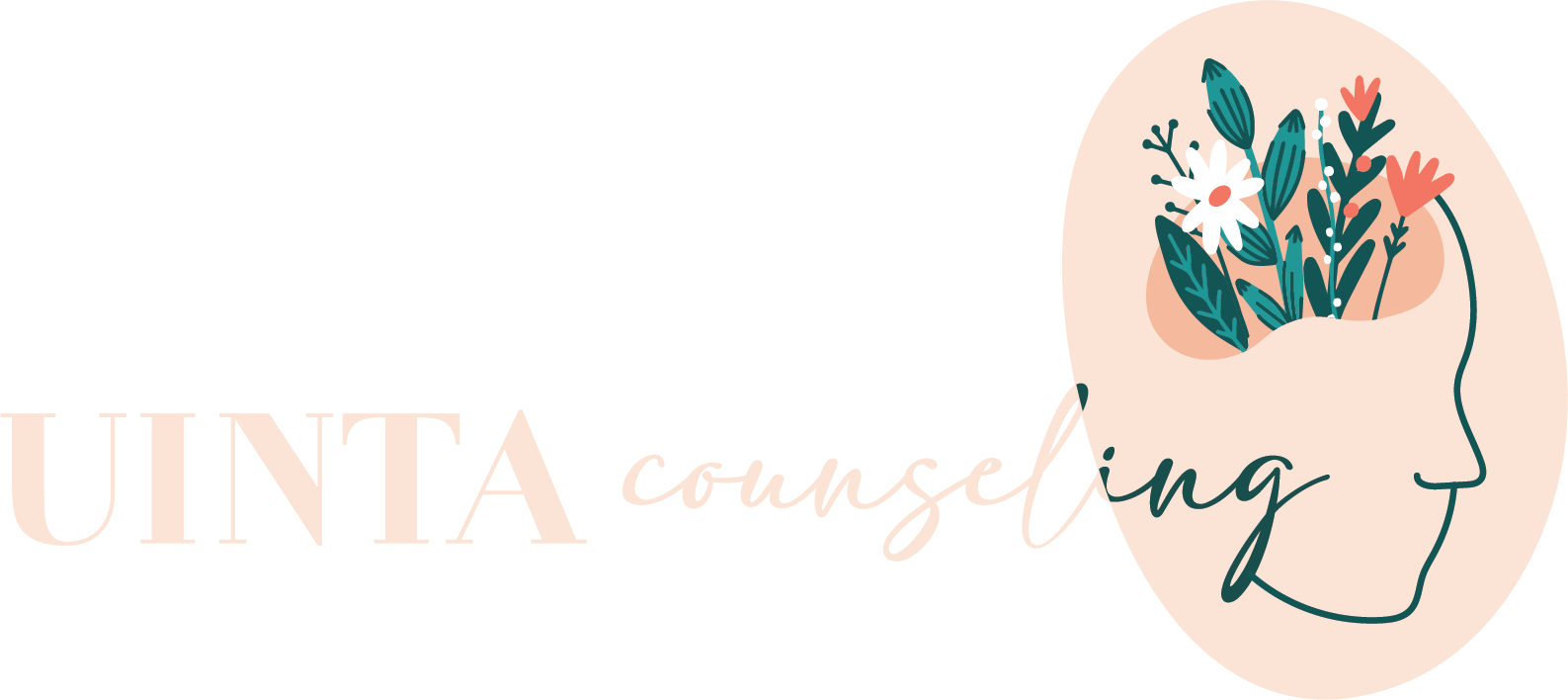Welcome back to our blog! This month, we’ll be exploring topics related to Seasonal Affective Disorder or SAD for short. We’re all noticing the temperatures winding down and the darkness lasting longer, and some may be noticing a change in their mood. All of us are finding ourselves reaching for certain seasonal comforts such as cozy blankets, crockpot meals, or turning on the football game, but some may notice these aren’t doing the trick.
In today’s blog, we’ll explore what SAD is, what are the symptoms, and potential causes. Today, we aim to provide you a quick overview of these topics and help improve understanding of this misunderstood condition.
Defining SAD
We must first begin by addressing the main elephant in the room; what is Seasonal Affective Disorder? This is a form of depression that follows a seasonal pattern with symptoms arising in the fall and winter months. These symptoms will often hang around until we are able to experience the changes brought on by spring, such as longer daylight hours and warmer temperatures. Unfortunately, any person of any age can get SAD, but we are aware of some demographics that tend to experience this depression more often. We are aware women tend to experience SAD more often as do those living in climates with more extreme shifts in the weather pattern, such as Wyoming.
Recognizing the Signs and Symptoms of SAD
There are many common symptoms that can be felt by most people going through the changes of the season. Hence, why it’s important to seek help from a doctor or a therapist to help you distinguish between SAD and the general “Winter Blues.” Most of us periodically experience some changes in energy and appetite going through the winter, yet those suffering from SAD, will experience many symptoms. Those symptoms include:
- Experiencing a depressed mood
- Significant loss of energy or significantly increased fatigue even though sleeping hours have increased.
- Feeling worthless, guilty, or hopeless
- Noticeably more difficulty concentrating or making simple decisions
- Anhedonia or inability to experience pleasure with things you once enjoyed
- Significant changes in appetite, usually increased appetite
- Potentially experiencing thoughts of death or suicide
What Causes SAD?
We do know light plays a major role in the development of SAD. As our daylight hours become fewer and fewer, we all experience a shift in our natural circadian rhythm or biological internal clock. This can prompt a biochemical imbalance in the brain, which we believe is a reduction in the amount of Serotonin produced, resulting in the symptoms mentioned above. There is also some research supporting the thought that Melatonin is part of the culprit. Melatonin is a hormone related to sleep that we naturally produce all year, but the production of this hormone increases during the dark hours. If we have more hours of darkness, we’re producing more Melatonin, which can lead to symptoms of SAD developing.
Conclusion
SAD is a significant disorder affecting roughly 5% of the entire US population for approximately 40% of the year. Those of us living further from the equator, that experience less daylight and more extreme shifts in weather, are more likely to develop SAD during the fall and winter months. It’s important to stay aware of symptoms and reach out for help from a trusted therapist or doctor if you believe you may have SAD.
In upcoming posts, we will explore how professionals are able to help you experience a significant difference in symptoms and the way you manage SAD. All throughout this winter, we’ll also keep posting tips and strategies to help you stay resilient and positive!
